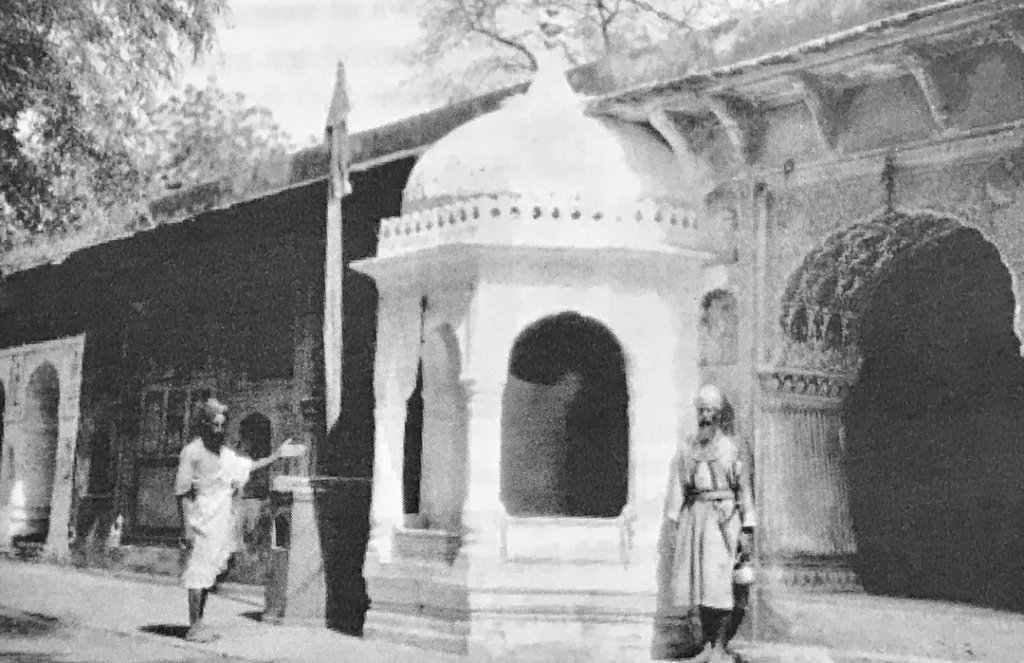Explore Akal Bunga, the iconic site housing the Akal Takht in Amritsar, a symbol of Sikh religious authority. Learn its role and history here.
AKAL TAKHT is the primary seat of Sikh religious authority and central altar for Sikh political assembly. Through hukamnamas, edicts or writes, it may issue decretals providing guidance or clarification on any point of Sikh doctrine or practice referred to it, may lay under penance personages charged with violation of religious discipline or with activity prejudicial to Sikh interests or solidarity and may place on record its appreciation of , outstanding services rendered or sacrifices made by individuals espousing the cause of Sikhism or of the Sikhs.
Discover how Takht Singh revolutionized women's education among Sikhs with the Sikh Kanya Mahavidayala, inspiring cultural and literary growth.
BHAGVAN SINGH, BHAI (1881-1921), one of the Nankana Sahib martyrs, was son of Bhai Lahina Singh and Mat Tabo of village Nizampur, in Amritsar district. He lost his mother at the age of three. On the opening of the Lower Chenab Canal Colony during the last decade of the 19th century, the family father and son migrated to Chakk No. 38 Deva Singhvala in Sheikhupura district where young Bhagvan Singh assisted his father carrying errands. When he grew up, he went abroad to China in search of fortune, but came back after three years, and received the rites of Khalsa initiation at Sri Akal Takht Sahib. He attended the Akali conference at Dharovali on 13 October 1920 and joined Bhai Lachhman Singh`s jatha of Akali reformists. He shared the Jatha`s fate at Nankana Sahib on 20 February 1921. See NANKANA SAHIB MASSACRE
Explore the concept of Tankhah in Sikhism, a unique expiatory practice for breaches of code, emphasizing community, humility, and spiritual growth.
CHAUNKI or Chauki, lit. quarter, a four footed wooden platform upon which sat the holy choir to recite the sacred hymns in a gurdwara or at a gathering of the devotees. The term chaunki also refers to a session of kirtan or hymn singing, the number of singers at such sessions commonly being four, nowadays usually three, playing different instruments. Kirtan is a popular form of worship among Sikhs. At all major gurdwaras at least four kirtan chaunkfs are held. At the central shrine, in Amritsar, the Harimandar, kirtan goes on all the time, from 2.45 a.m. to 9.45 p.m.
Explore the life of Teja Singh Babu, a leader in Sikh fundamentalism, known for his role in the Singh Sabha movement and reforms in Sikh practice.
DAMDAMA SAHIB, also known as Talwand Sabo (29° 59`N, 75° 5`E), a small town 28 km southeast of Bathinda in the Punjab, is sacred to the Sikhs as the seat of one of their five takhts or centres of highest religious authority. Damdama Sahib, place of repose where the Guru had some respite after a period of continuous turmoil, was visited successively by Guru Tegh Bahadur while travelling in these parts in the early 1670`s, and Guru Gobind Singh who put up here for over nine months in 1706.
Discover the inspiring journey of Sant Visakha Singh, a Sikh reformer and preacher, pivotal in the Akali movement and educational upliftment in Punjab.
DAMDAMA SAHIB GURUDWARA, ANANDPUR It is known as Gurdwara Takht Sahib as well. Guru Tegh Bahadur Sahib used to perform the functions of Akal Takht Sahib from this place. It was Diwane-i-Khas. It was also the court of Guru Sahib. Here, Guru Sahib used to receive representatives of different States as well as important guests. Here, Guru Gobind Singh Sahib was installed as Tenth Nanak on July 8,1675.





